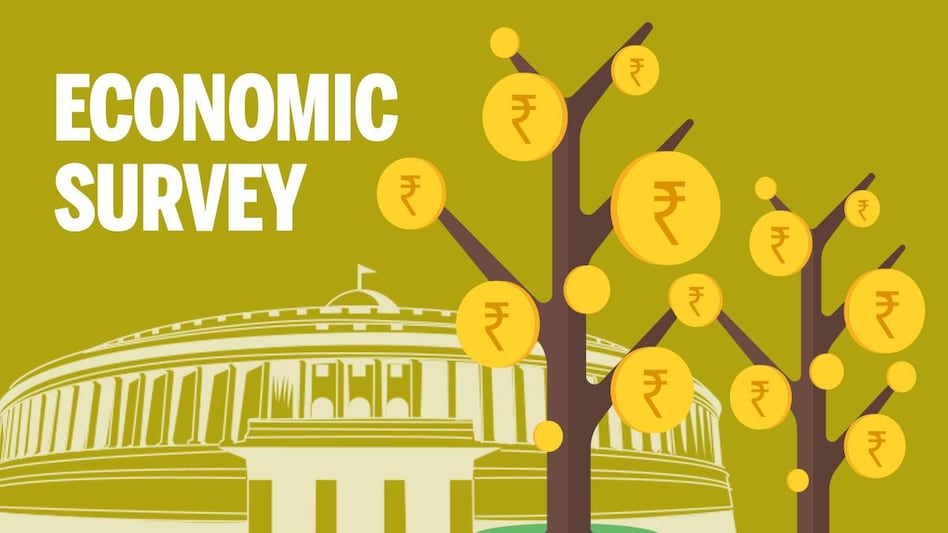New Income Tax Slabs: As the new financial year, 2024-25, commenced on April 1, taxpayers need to familiarize themselves with the applicable income tax rates and slabs under both the old and new income tax regimes. Notably, the new income tax regime has become the default option from FY 2023-24 onwards, necessitating a proactive decision from taxpayers regarding their preferred tax regime.

Old Tax Regime for FY 2024-25
For the fiscal year 2024-25, the old income tax slabs and rates apply to various categories of individuals, including residents below 60 years of age, non-residents (NR), and non-ordinary residents (NOR). Resident individual taxpayers with a total income not exceeding Rs 500,000 are entitled to a tax rebate of Rs 12,500 or the actual tax payable, whichever is lower. This rebate provision extends to resident individuals falling within the specified income bracket.

Income Tax Slabs And Rates: Old Tax Regime
| Total Income | Tax Rate |
| Above 2.5 lakh to 5 lakh | 5 per cent |
| Above 5 lakh to 7.5 lakh | 20 per cent |
| Above 7.5 lakh to 10 lakh | 20 per cent |
| Above 10 lakh | 30 per cent |
New Tax Regime for FY 2024-25
The new income tax regime, known as the Concessional Tax Regime, offers revised income tax rates and slabs. Taxpayers with a total income not exceeding Rs 7,00,000 can claim a rebate of up to Rs 25,000. Additionally, marginal relief is available for resident individuals with a net taxable income exceeding Rs 7,00,000.
Income Tax Slabs And Rates: New Tax Regime
| Total Income | Income Tax Rate |
| Above Rs 15 Lakhs | 30 per cent |
| Between 12 Lakhs To 15 Lakhs | 20 per cent |
| Between 9 Lakhs To 12 Lakhs | 15 per cent |
| Between 6 lakhs To 9 lakhs | 10 per cent |
| Between 3 lakhs To 6 Lakhs | 5 per cent |
| Between 0 To 3 lakhs | 0 per cent |
Surcharge Rates
Individuals with a total income exceeding Rs 5,000,000 will incur a surcharge on their income tax. The applicable surcharge rates under both the old and new tax regimes are specified.
Health and Education Cess
A health and education cess of 4 per cent is applied to the calculated income tax and surcharge (if applicable) for all individuals, regardless of the tax regime chosen.

Key Differences Between Old and New Regimes
The primary distinction between the old and new tax regimes lies in the availability of exemptions and deductions. While the old regime allows for significant exemptions under sections like 80C, 80D, and 80TTA, the new regime offers lower tax rates with limited exemptions, primarily standard deduction.
Standard Deduction for FY 2024-25
The standard deduction for FY 2024-25 remains unchanged at Rs 50,000 for both the old and new tax regimes, as no revisions were announced in the Interim Budget.
Switching Between Regimes
Given that the new tax regime is now the default, taxpayers must inform their employers of their preferred tax regime at the beginning of the financial year. However, individuals can switch between regimes when filing their income tax returns, provided they adhere to the due date.

(Disclaimer: The above article is meant for informational purposes only, and should not be considered as any investment advice.













